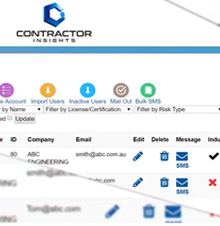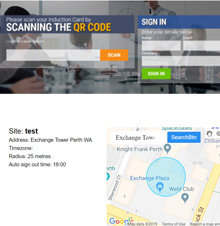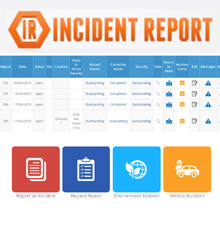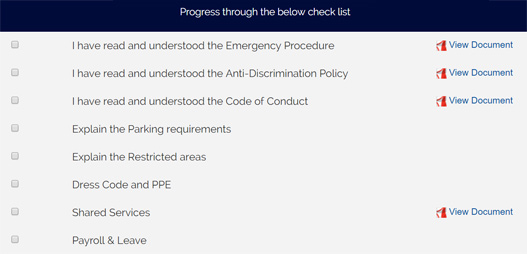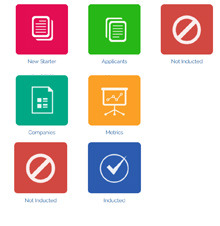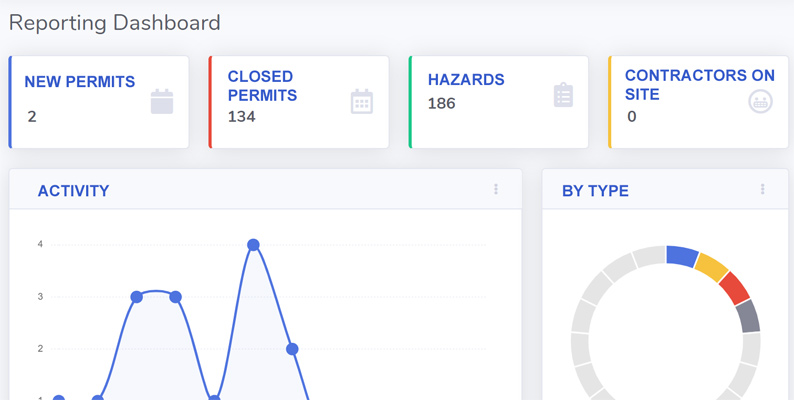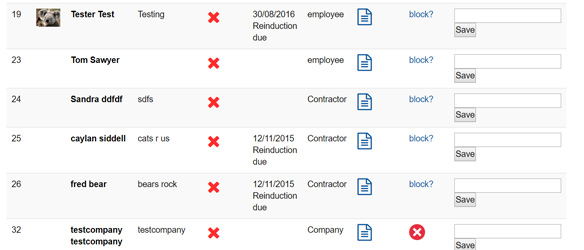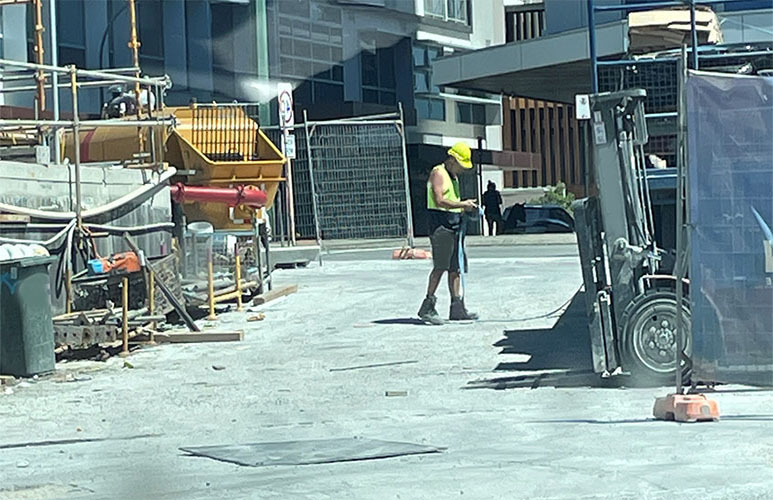Contractor Work Authorisation Form: Authority to Work
Online Induction >> Contractor Work Authorisation FormPublished 13/10/2025
 Tips, guide and setup for a Contractor Work Authorisation Form and what to include in a contractor authority to work. This guide goes through how to setup and manage the authority to work process with work authorisation form templates and examples.
Tips, guide and setup for a Contractor Work Authorisation Form and what to include in a contractor authority to work. This guide goes through how to setup and manage the authority to work process with work authorisation form templates and examples.
The contractor work authorisation form plays a crucial role in the construction industry, serving as a formal agreement between the hiring party and the contractor. This document outlines the specific scope of work, terms of engagement, and project details. It serves as a legal protection for both parties involved, ensuring that responsibilities are clearly defined and agreed upon before any work commences. The importance of this form cannot be overstated, as it helps prevent misunderstandings, disputes, and potential legal issues down the line.
This might form part of your overall contractor management system, permit to work system and be implemented through the contractor induction.
Contractor Authority to Work
By requiring contractors to complete a work authorisation form, companies can maintain control over their projects while also protecting themselves from any liability or financial risks associated with substandard work. In essence, this form acts as a safeguard against potential project delays, cost overruns, and quality issues by establishing clear expectations and standards at the outset of the project.The contractor work authorisation form is designed to provide documentation of all necessary approvals for specific tasks or phases within a construction project. It serves as an official record of consent from relevant stakeholders, ensuring that all parties are aligned on the scope of work and associated requirements. This level of transparency and accountability is essential for maintaining effective communication and avoiding misunderstandings throughout the project lifecycle.
From a compliance perspective, having a comprehensive contractor work authorisation process in place demonstrates due diligence and adherence to industry regulations. It also facilitates efficient resource allocation by ensuring that only authorised contractors are engaged for relevant tasks. By streamlining the approval process through standardised forms, companies can enhance operational efficiency while mitigating potential risks associated with unauthorised subcontracting or non-compliance with regulatory requirements.
Utilising a well-structured contractor work authorisation form can contribute to improved project management practices by enabling better oversight of contractor activities and deliverables. With clearly defined roles and responsibilities documented within the form, project managers can proactively monitor progress, identify potential bottlenecks, and address any deviations from the agreed-upon terms promptly.
Project Management Impacts
The primary purpose of a contractor work authorization form is to define the scope of work to be performed by the contractor, including details such as project timelines, deliverables, and payment terms. By clearly outlining these parameters in writing, both parties can avoid confusion and ensure that they are on the same page regarding the project requirements. Additionally, this document may also include provisions related to confidentiality, intellectual property rights, insurance requirements, indemnification clauses, and other legal considerations.From a legal standpoint, having a signed contractor work authorization form is essential for protecting the interests of both parties involved in the contract. In case of any disagreements or disputes arising during or after the completion of the project, this document can serve as evidence of the agreed-upon terms and conditions. Moreover, it provides clarity on issues such as liability for damages or breaches of contract.
In addition to its operational benefits, the contractor work authorisation form also serves as a valuable tool for financial management within construction projects. By accurately documenting approved expenditures related to contracted services and materials, companies can effectively track project costs while minimising the risk of unauthorised expenses or disputed invoices.
Embracing a systematic approach to contractor work authorisations not only enhances risk management but also fosters trust among all stakeholders involved in construction projects. By prioritising clarity and accountability through formal documentation processes like this one - businesses can establish stronger partnerships with their contractors while promoting greater confidence in their ability to deliver successful outcomes.
Example Work Authorisation Form Fields
The Work Authorisation Form requires specific information about the project, such as the scope of work, estimated timeline, and anticipated costs. It's important to carefully fill out each field with precision and attention to detail, as any inaccuracies could lead to delays or complications down the line. By thoroughly understanding the significance of these Example Work Authorisation Form Fields, businesses can streamline their project management processes and uphold a high standard of professionalism in their operations.Contractor work authorization forms play an integral role in facilitating successful collaborations between companies and independent contractors by establishing clear guidelines for project engagements while providing legal protection for all parties involved. Understanding their importance in fostering transparent communication and ensuring compliance with regulatory standards is instrumental for businesses seeking to navigate contractual relationships effectively.
Commonly a Work Authorisation Form should include details such as:
- the contractor's name
- contact information
- scope of work
- project location
- anticipated start and end dates
- any specific requirements or restrictions associated with the contract
- insurance and liability information
- signatures from both parties



